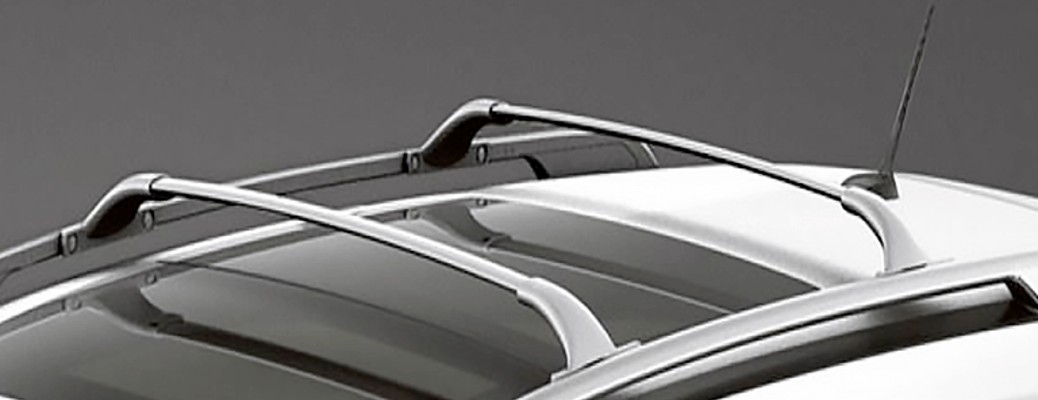When Do a Vehicle’s Headlights Need to Be Replaced?
Headlights help drivers stay aware of their immediate surroundings, especially in poor visibility conditions such as bad weather and the darkness of night. That’s why it’s crucial for drivers to keep up to date with their headlights’ condition. When do a vehicle’s headlights need to be replaced? What are the warning signs that drivers should be aware of that their car’s headlights need service? We’ve answered these questions below.
Read More: Tutorial on Removing a Bluetooth Device from NissanConnect
The most common sign of a failing headlight bulb is a noticeably dimmer output than usual. In some cases, bulbs maintain their usual brightness but can start to flicker, which is a sign of a loose connection or an imminent bulb burn-out.
In the event one bulb burns out entirely, it is suggested that the opposite bulb be replaced as well, as one bulb burning out usually is a sign of impending failure for the other as well. Drivers can trust an automotive technician to accurately diagnose their headlight issues and to determine if a replacement is needed.
How Long Do Headlights Typically Last?
Headlight lifespan can vary depending on a variety of factors. OEM bulbs tend to last the longest than replacement bulbs. On average, these are the typical lifespans for each type of bulb:
- Halogen: 500-1,000 Hours
- Xenon: 10,000 Hours
- High-Intensity Discharge: 2,000 Hours
- LED: 30,000 Hours
Matt Castrucci Nissan can help drivers in and around Dayton, OH with a variety of automotive services, including headlight replacement. Drivers can schedule a service appointment with a time that’s convenient for them right here online.





